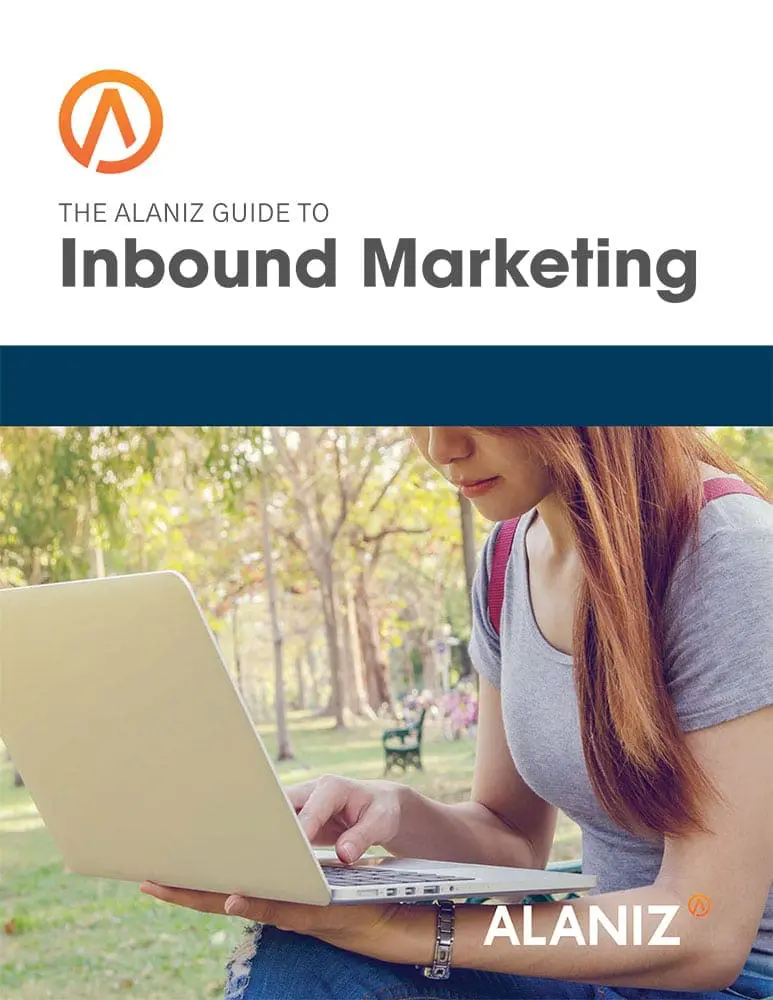If you’re not a millennial, odds are the tools and best practices of digital marketing are something of a mystery to you. Don’t worry, you’re not alone. Yes, there is a generation of people coming into the labor force that don’t know what a busy signal is, have never truly dialed a telephone, and can type faster with their thumbs than most of us can with all of our fingers. But digital marketing is now essential for every business. If your business pre-dates the digital revolution, here is a brief overview of digital marketing tools and best practices that have the potential to transform your business’s marketing success. Check out the video version of this blog below.
Website Design
A website is critical for almost every business. We should qualify that–a properly designed website is critical for most businesses. Buyer expectations and behavior keep changing, and so do web design best practices. Good business websites need to be constantly updated not just with content for search, but for user behavior metrics like page speed and mobile-friendliness. Check out this Ultimate Guide to Web Design.
SEO
Search Engine Optimization (SEO) is at the heart of what makes a website effective for business. SEO best practices allow you to tailor your website to attract your target audience to your site. Some 94 percent of buyers (B2B and B2C) search online before contacting a supplier, and usually do so after they have their minds made up. Getting found in the search process is what SEO is all about. Here’s the Ultimate Guide to SEO.
Content Marketing
Content in the form of web pages, blogs, and landing pages is how you populate the web with pages that searchers will find when they are looking for your products and services. Content is one of the pillars of SEO–using keywords that people enter in search engines when looking for your products and services. Content marketing sounds easy until you start to do it. Writing web pages for search, blogging regularly, building landing pages and measuring results–who is going to do it?
Email Marketing
Email marketing is the digital equivalent of direct mail that comes to your physical mailbox. It’s how you reach out to your contacts–leads and existing customers–and give them incentives to take the next step and contact you or buy your products. Email doesn’t generate leads–SPAM regulators are such that you can only email contacts you already have–it nurtures them with special offers.
Social Media
Social media is probably the most intimidating marketing channel for older businesses as it has no pre-digital equivalent. Social media allows you to attract a following and communicate directly with individual followers to create a level of engagement not possible before the digital revolution. Facebook, LinkedIn, Twitter, Instagram, Pinterest–all are used in different ways but in most cases, you don’t have to use all of them.
Digital Advertising
Digital advertising is a supercharged version of traditional print and broadcast advertising. With traditional advertising, you try to get your brand in front of as many eyeballs as possible. Digital advertising allows you to target very specific audiences as they search for solutions to their personal and business problems, and include calls to action that provide highly measurable metrics. Social advertising platforms make it possible to target with unprecedented granularity–not just based on demographic information but on behavior. Digital advertising allows you to reach new contacts and then nurture them into customers.
Inbound Marketing
Inbound marketing is an approach to marketing that integrates just about every digital marketing channel. You attract people to your website with SEO, content, advertising and social media, nurture them with automated emails and workflows. Automation is the key to successful inbound marketing–it can give you a 24/7 salesperson that is constantly fielding inquiries, answering questions, sending people the information they’re looking for, and following up personalized communications.
Digital marketing has emerged in response to the fundamental changes in the way people consume information, look for solutions to their problems, and shop for products and services. And it continues to change. The mobile revolution is impacting just about every area of digital marketing as people search and communicate more on their phones than they do on computers.




